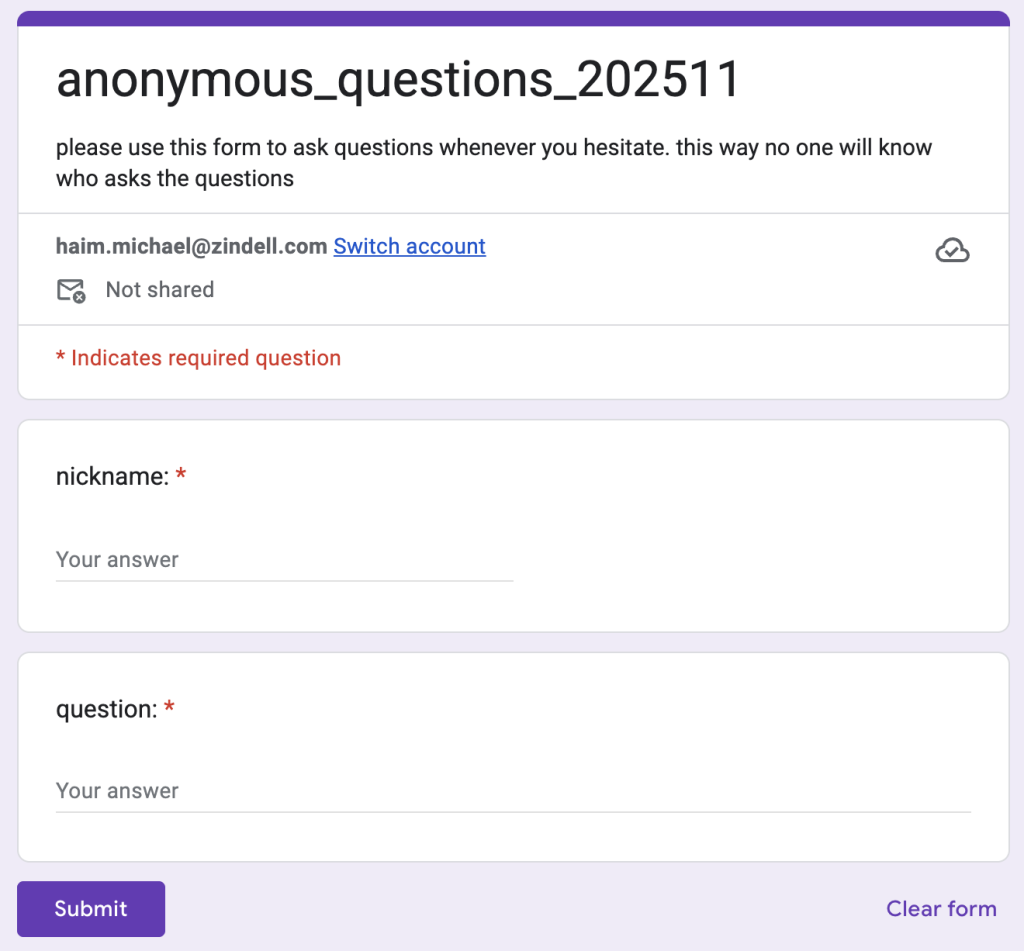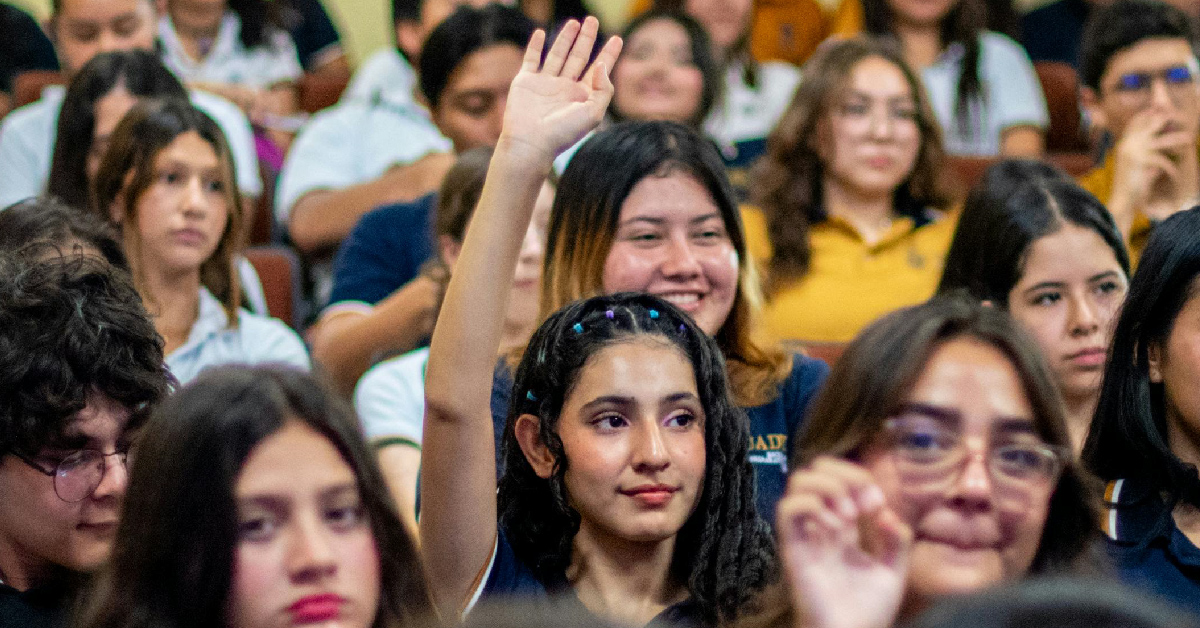Many students struggle to ask questions during lessons. Whether the lesson takes place online or in person, there will always be students who will prefer to avoid asking questions. Some are shy, some fear judgment, and others feel uncomfortable interrupting the class flow. As educators, we must ensure that all students, regardless of their personality or background, have a safe and accessible way to ask the questions that matter to them.
Cultural Differences in Asking Questions
The common classroom dynamics vary significantly across cultures. In countries such as India, students often hesitate to speak up, even when they have important questions to ask. Cultural norms, respect for authority, and fear of making mistakes can create an environment where silence becomes the default. In contrast, in Israel, many students openly ask questions, challenge ideas, and engage actively with the lecturer. Recognizing these cultural differences is essential. When we tailor our teaching approach to accommodate diverse backgrounds, we create a more inclusive learning environment where every student feels supported and valued.
My Use of Google Forms for Anonymous Questions
In many of my courses, I rely on a Google Form that I created specifically for students to ask questions. During the lesson, students can submit their questions anonymously at any time. On my iPad, I keep the form’s response list open, allowing me to see questions in real-time and address them naturally during the lesson.

This method has proven highly effective. It provides students with a comfortable, judgment-free channel to express their concerns, and it enables me to ensure that no question goes unanswered.
What do you think about the flexibility educators should provide to help shy students ask questions safely and confidently? Are there any additional tools or mechanisms you’ve used – or heard of – that support anonymous participation during lessons? I’d be happy to learn from your experiences.









